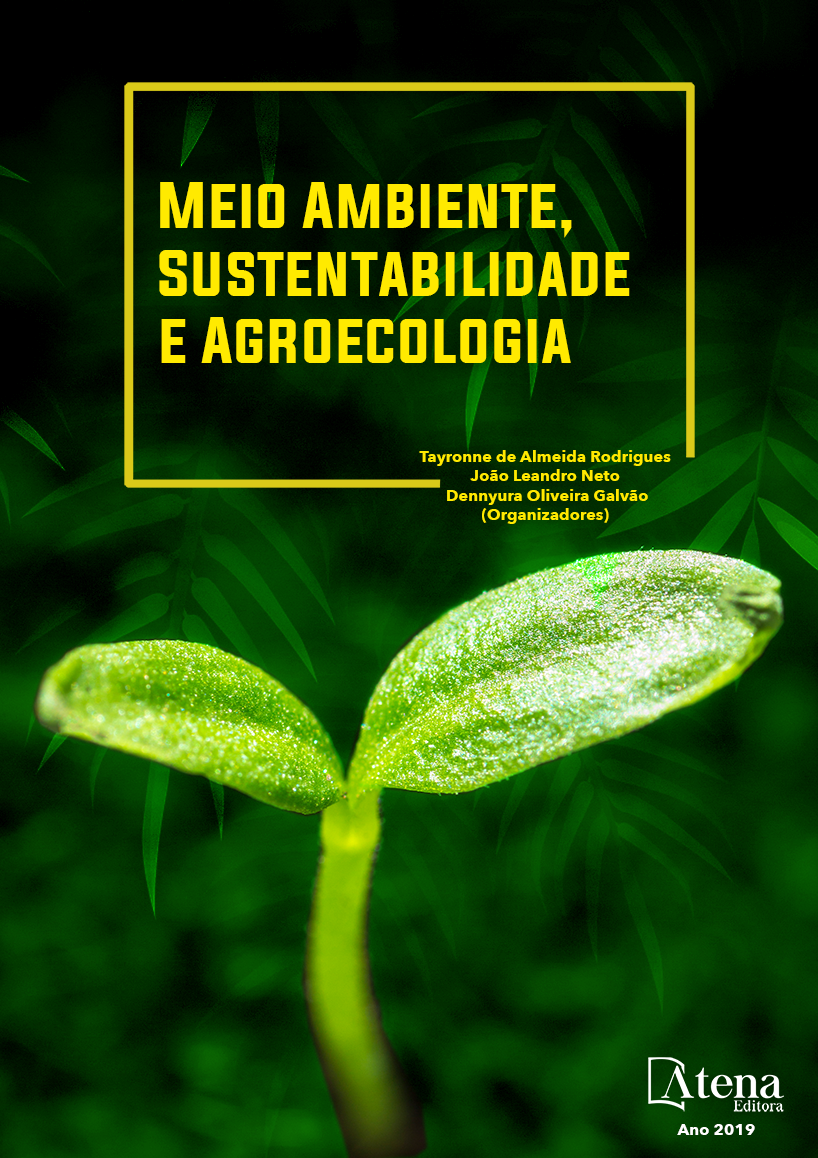
AGENDA AMBIENTAL NA ADMINISTRAÇÃO PÚBLICA: MATERIAIS SUSTENTÁVEIS EM CONSTRUÇÕES DE IES PÚBLICAS
Esta pesquisa teve como objetivo
realizar uma breve investigação sobre
possíveis tecnologias que possam auxiliar
nas edificações e relacionar as características
e benefícios dos materiais de construção
sustentáveis com as exigências referente à
adesão da Agenda Ambiental na Administração
Pública – A3P para instituições públicas de
ensino. A metodologia empregada na pesquisa
conforme seus objetivos foi descritiva, quanto
aos procedimentos técnicos adotados, foi
bibliográfico e por fim, quanto a abordagem
do estudo, é considerada qualitativa. Quanto
à trajetória metodológica, foi dividida em três
fases. Na primeira fase é feita a coleta de dados
bibliográficos, na segunda fase, foi realizada
a análise das bibliografias encontradas, e
posteriormente, a terceira fase trás a relação
entre as características de materiais de
construção sustentáveis e as necessidades
exigidas para a adesão a A3P. Conclui-se que
a literatura referente aos materiais sustentáveis
trás diversos benefícios em relação à fabricação
e uso, como por exemplo, evitar e extração dos
recursos naturais; diminuir a poluição evitando
o acúmulo de resíduos; promover benefícios
econômicos em diversos setores, entre outros
benefícios. Quanto a A3P, a mesma trás 5 eixos
a serem trabalhados em instituições públicas
e os 5R’s, que são: repensar, recusar, reduzir,
reutilizar e reciclar. Percebe-se relação entre os
benefícios no uso de materiais de construção
sustentáveis e os objetivos da A3P.
AGENDA AMBIENTAL NA ADMINISTRAÇÃO PÚBLICA: MATERIAIS SUSTENTÁVEIS EM CONSTRUÇÕES DE IES PÚBLICAS
-
DOI: 10.22533/at.ed.2171916044
-
Palavras-chave: Agenda ambiental. Materiais Sustentáveis. IES públicas.
-
Keywords: Environmental agenda. Sustainable materials. Public HEI.
-
Abstract:
This study aimed to conduct a
brief investigation of possible technologies that
can assist in buildings and list the features and
benefits of sustainable building materials with
the requirements regarding the accession of the
Environmental Agenda in Public Administration
- A3P for public education. The methodology
used in the survey, as its objectives, was descriptive; on the technical procedures, it
was bibliographic; and finally, as the study approach, it was considered qualitative.
The methodology was divided into three phases. In the first phase is done the
collection of bibliographic data. In the second phase, it was performed an analysis
of the bibliographies found. In the third phase it was made the relationship between
sustainable building materials characteristics and needs required for joining the A3P.
It is concluded that the literature related to materials that are sustainable provides
several benefits over the manufacture and use, for example: prevents the extraction of
natural resources, reduces pollution by avoiding the accumulation of waste, promotes
economic benefits in various sectors, among other benefits. About the A3P, there are 5
axis to be worked in public institutions and the 5 R’s, which are: rethink, refuse, reduce,
reuse and recycle. It is perceived the relationship between the benefits in the use of
sustainable building materials and objectives of A3P.
-
Número de páginas: 15
- Rozineide Aparecida Antunes Boca Santa
- Elisete Dahmer Pfitscher
- Humberto Gracher Riella
- Stephane Louise Boca Santa


